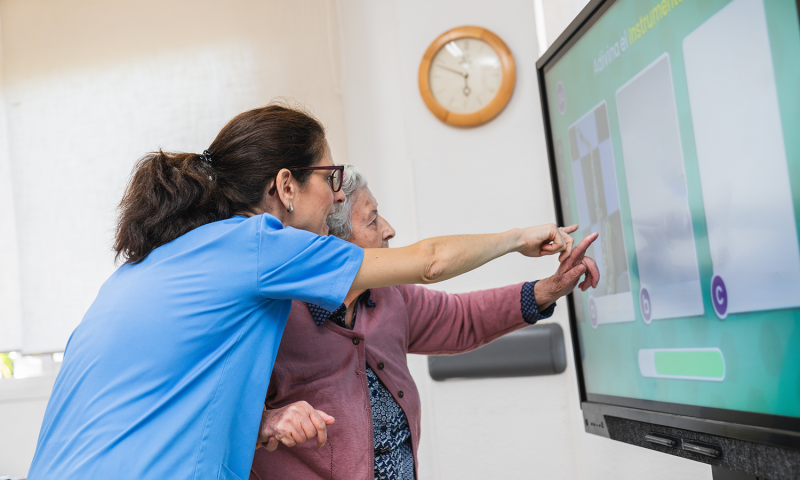Resources
Explore resources from a range of sources across the aged care sector - including government, research, academic and practice-based materials - curated by ARIIA to support evidence-informed practice and innovation.
Showing

Take the time to find pursuits that matter
This article in Australian Ageing Agenda by ARIIA describes what meaningful activities look like in aged care settings, based on their own research and a round-table review.

LiveUp resources
This introductory webpage from LiveUp provides details of how to stay independent for longer. It provides a gateway to resources including a healthy ageing quiz, ideas for exercise and fitness, benefits of staying socially connected and outlines assistive technology products that may be helpful to stay independent.

Caregiver chats
This video, from Canadian gerontologist Dr Lakelyn Hogan of Home Instead, discusses meaningful engagement activities for people with dementia, including why meaningful engagement is important, considerations for tailoring activities to the individual, and ideas for activities that are affordable and fun.

10 fun indoor activities for adults with disability
This webpage from Compass Care Group describes ten leisure activities that can be undertaken indoors, by adults living with a disability. Activities include games, cooking and baking, indoor gardening and ‘virtual sightseeing’.

The ultimate guide to engaging activities for the elderly
This webpage from Onya Magazine describes various leisure activities that can be undertaken in residential and home care settings, and in the community more broadly, such light exercise, games, music and dance.

Activities for people with dementia
This webpage from Dementia Australia describes various activities that can help people with dementia stay socially active and engaged. Advice is provided on how to plan such activities, what activities might be suitable, and how to enjoy the activities. Videos are embedded in the webpage for further illustration.

14 engaging activities that seniors can enjoy in residential aged care
This webpage from Baptistcare describes various leisure activities – for both brain and body - that can be undertaken in residential care settings, such as book clubs, games, exercise classes and gardening.

Engaging activities for nurses and carers with elderly residents
This webpage from Altaira describes various leisure activities that can be undertaken in residential and home care settings, and in the community more broadly, such as gardening, group exercise, music therapy, arts and crafts and games.

Core Services and Outcomes Framework
This core services framework from the National Aboriginal Community Controlled Health Organisation (NACCHO) is the model for Aboriginal and Torres Strait Islander Community Controlled Comprehensive Primary Health Care.

The new Aged Care Act’s Statement of Rights: Implications for First Nations Care
This online article from Hello Leaders describes how changes bought by the new Aged Care Act, specifically the statement of rights, will impact First Nations communities.